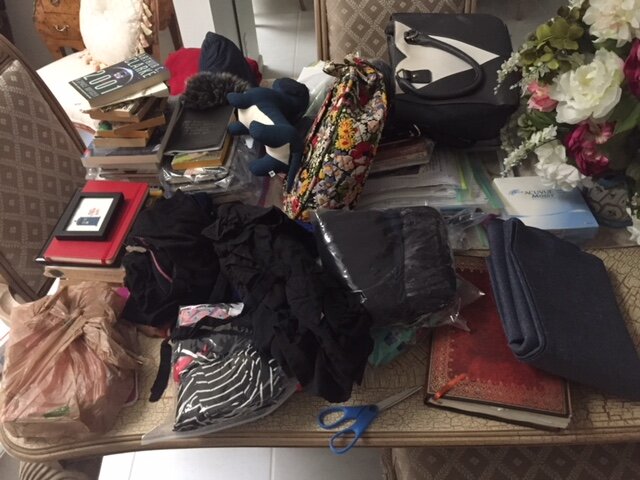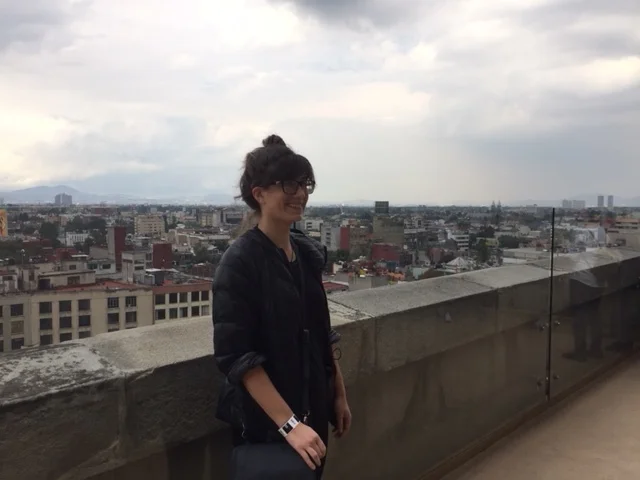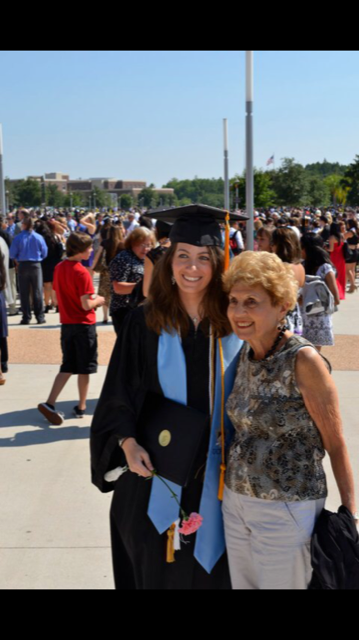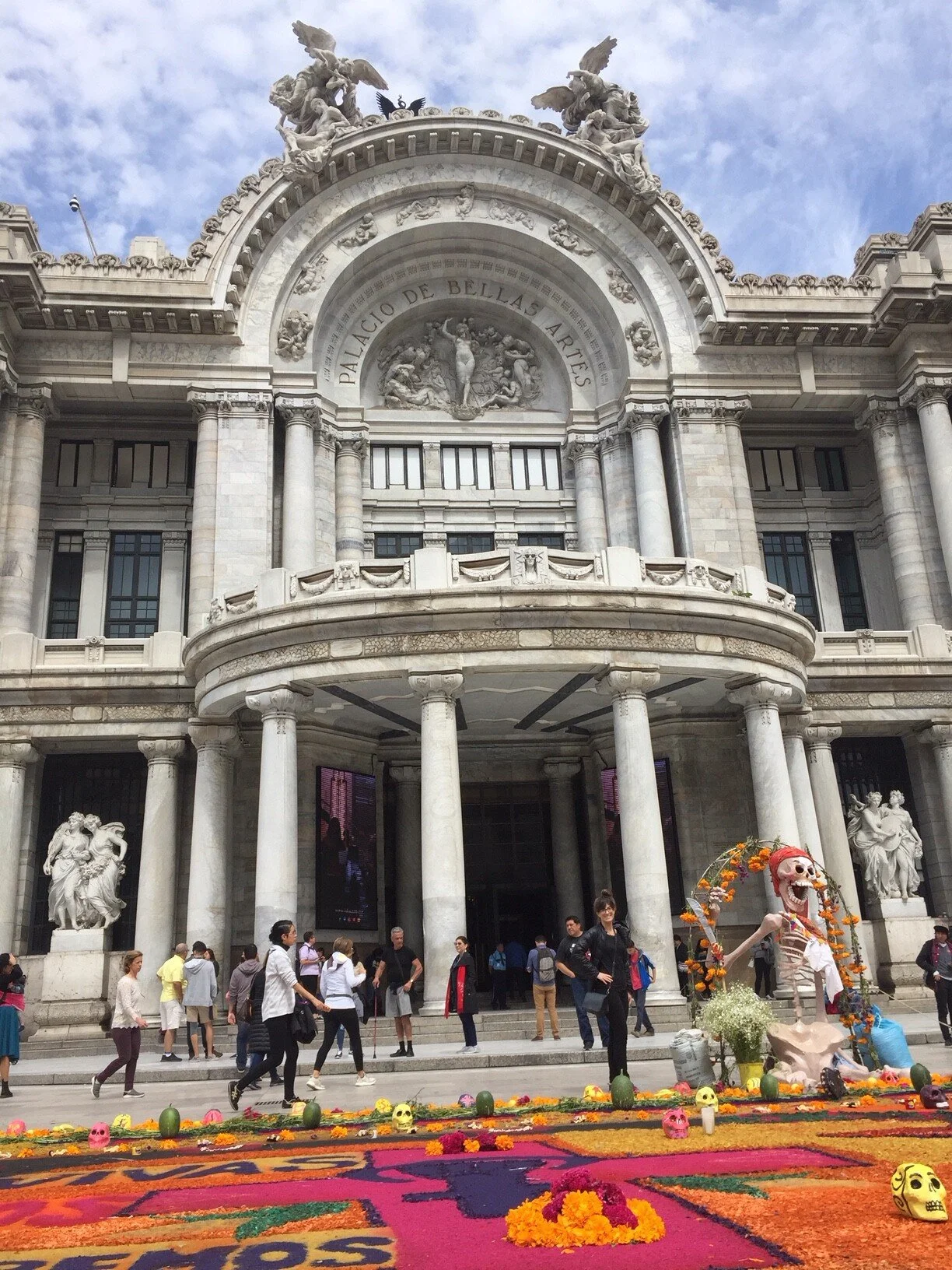What It's Actually Like To Get Rid Of Most Of Your Belongings
I stood in the living room of my old apartment on the Upper West Side surrounded by what remained of my belongings. My bedroom was barren except for memories. An empty refrigerator stood in the kitchen. Drawers and shelves had been unloaded of plates, cutlery, cookware and miscellaneous items like wine bottle openers and koozies. Bare white walls bereft of artwork and framed pictures. The smell of Palo Santo had faded away. The five bookshelves painted white with a lavender interior were gone. A giant space on the left-hand side of the wall was what remained where the upright piano once stood. (Yes, there was an upright piano in my apartment. Somehow, I witnessed the removal of said piano from the fourth floor apartment requiring three people, a dolly-like thing and blankets. Maybe don’t try this at home.)
Before traveling around the world, people talk about getting rid of or selling everything they own: their house, their car, their clothes, their books. They talk about it in a one sentence way, as if getting rid of a life can be summed up in a few words. As if sorting through memories isn’t a draining process.
All that remained from my apartment: journals, books, purses, clothes.. The folded yoga mat I schlepped all the way from Marfa, Texas to Denver, Colorado and then flew back to New York City.
What did it feel like? As if a giant, gaping hole had been created in my room and in my heart and all these memories from the past burst forth into my present. Solo travels, break-ups, exploration, sheer happiness, wonder. And then, once everything had been sorted and given away, the pain subsided. The wounds heal and all that remains is a scar and a memory of what once was.
I read Marie Kondo’s book The Life-changing Magic of Tidying Up: The Japanese Art of Decluttering and Organizing a while ago and did a light purge of my closet at that time. This book received a lot of unnecessary hate, but I found the methods and ideas quite useful. The idea of knowing every single item in my possession intrigued me. I liked the idea of sparking joy when I looked at an object and I also liked the idea of giving away items that no longer brought me joy, yet I could imagine bringing joy to others. And so, I let go. Yes, I did thank my shirts and shoes and artwork and books for all that they have done. Yes, I did thank my furniture. The writing desk I somehow managed to fit into a Lyft from Bed-Stuy to the Upper West Side and for the hours upon hours of writing I did. The mirror that expanded the size of my room and helped me get ready in the morning. The bookshelves I painted. The possessions I thought would be in my life for a long time. Old photos of an ex-boyfriend. Old photos of friends I’d lost touch with. Old travel memories and birthday cards and receipts of purchases I’d made.
The things I carried for so long that I could carry no longer.
All of the empty boxes of things I had sent from New York City.
I said a lot of goodbyes. Deep, heart wrenching goodbyes. The type of goodbye where you say to yourself you’ll see each other again but you know you won’t. The type of goodbye that you know deep down it’s actually the final goodbye. This wasn’t a goodbye only of belongings. It was a goodbye to an old me and an old way of life, one in which I could no longer continue living.
There were a handful of things I wanted to keep but I had no space left. A few books. A stunning dress. And yet... I was making space for something new.
I carried all of my remaining possessions — a backpack, my grandpa’s camera, a canvas tote bag and my purse — off to a friend’s place for a week in New York and then off to London and Scotland. (For the West Highland Way, I borrowed a friend’s backpack and left what wasn’t workout clothes at the flat.)
While in Europe, I didn’t think about what I had given away too much. I did laundry. I bought a coat for milder weather. I found a newfound strength to continue carrying my possessions. Everything from the past remained in the past.
A view of the London flat I stayed in after I left New York City.
I came home one day in the middle of July after we’d sent an email to management saying we weren't going to renew the lease. I walked up the stairs to my fourth floor apartment and noticed my neighbors on the other side of the building, doors open, talking. I had headphones in but I faltered to try and eavesdrop. I asked what they were talking about and one of the neighbors relayed the news. I won’t go into detail, but someone on one of the upper floors had bed bugs and those bed bugs had spread to the other apartments on that side of the building.
I’d had bed bugs once before at my first New York City apartment in Bushwick. To put the experience mildly... it had been absolute hell on earth.
Even though my apartment had no sign of them, the worry of “What if?” permeated my thoughts and in that moment, I let go of any attachment I’d had to the inessential.
Nothing except the absolute necessity was worth the risk.
And so, I methodically let go of the majority of the past six years of living in New York City.
And finally — I felt free.
“But when we really delve into the reasons for why we can’t let something go, there are only two: an attachment to the past or a fear for the future.”
-- Marie Kondo, The Life-Changing Magic of Tidying Up: The Japanese Art of Decluttering and Organizing
The truth was: I was too attached to my past and what I thought my future should look like.
What about my old life? What do I do with years of memories?
The way I look at material objects has changed. Sometimes, it’s necessary to hold onto items. Sometimes, it’s necessary to release in order to move forward and in order for life to happen. Perhaps there should be a Marie Kondo method for memories, but perhaps that’s a little too much “Harry Potter” and “Eternal Sunshine of the Spotless Mind” for comfort.
I couldn’t keep carrying these possessions — nor could I keep carrying the attachments that went along with them. In the end, there was nowhere for many of these possessions to go except out of my life.








